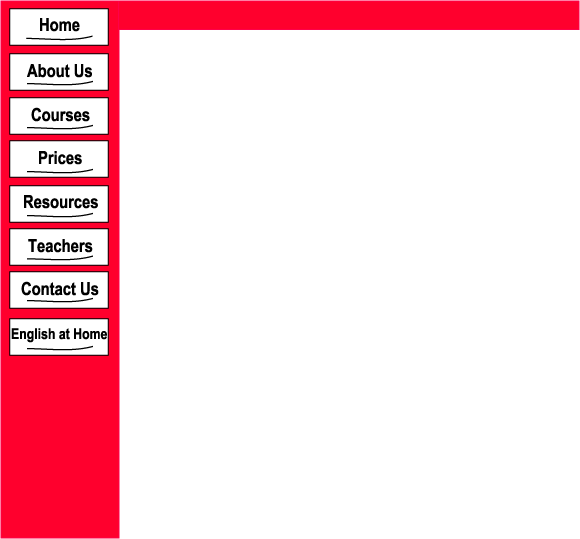


Even those who are successful at driving large amounts of traffic to their site are finding it difficult to turn that traffic into cash.
Quite simply, most websites do not have a definitive income stream on which they are focused. And those that do have a definitive income stream are not taking the proper steps required to convert visitors into buyers.
There are so many different ways to advertise online that people get plain confused about what *exactly* they should be doing. This confusion then *manifests* itself in the way a site is presented.
To avoid this confusion, and give your site the super focus it needs to succeed, follow these easy steps. You will naturally begin to see results when you follow this advice:
Do you intend to make money from your website? If so, how? Is it through the sale of a product or service? Do you plan to sell advertising? Do you plan to refer products offered by another company?
What?
Go get some paper and write this down when you're done reading this article.
Once you have clearly stated your goal (you'll note that I say "goal" and not "goals" - I want you to focus on one thing for now) you will then:
If you are selling a book, does your site naturally lead the surfer to sale of that book? OR - does your site lead the surfer somewhere else?
Now, the path they take to that sale does not have to be a direct one. It can occur a few days or even months later. So, do you have a way of contacting them once they've left?
For example, if you are selling banner ads, your goal is simply to get people to your site to generate more impressions.
Or is it?
In this case, if your site offers a higher click-through rate than others you will be able to *command* a higher rate per banner delivered. You can then maximize the money you make by focusing on getting the surfer to click on those ads.
Or, perhaps the company you are using to sell those ads for you is not selling all of your inventory. Consider trying another company or selling additional types of advertising as well.
*Maximize* the amount of money you make from step a!
Here's another example. If you are selling a product, are you selling yet another product to those customers once they have made the initial purchase? This is called back-end selling. You're losing big dollars if you are not using this technique!
Now, I challenge you to apply these three steps to your marketing today and not see better results.
Even those of us who are already successfully turning a profit with our websites can benefit from this technique.
Personally, my sites are in a constant state of refocus and refinement. Every now and then I take a look at one of our sites and run myself through those three steps. This process almost always ends in a "to do" for my design team. (My design team at one time was yours truly, so don't feel bad if you're still doing it all yourself. Take pride in that fact!)
Article by Mark Joyner, of 1001 Killer Internet Marketing Tactics. Mark is also the CEO of Aesop Marketing Corporation. 1001 KIMT is an absolute *must have* for anyone serious about Internet marketing. No other course out there even comes close. It will dramatically boost the results of any campaign in a very real and measurable way. http://foreverweb.com/cgi-foreverweb/kt.cgi?IM4069